
What are friends for?
For knocking around with, cracking a joke, sharing a doobie, firing a paintball? Or for guarding in the angelic citadels of their being the essential soul image of you and everything you might eternally come to mean, while you in shining symmetry and perfect vulnerability do the same for them?
The time has come for me to write a full confession of my life to you,” Jack Kerouac typed thunderously to Neal Cassady in December 1950, in the first of a sequence of massive, rumbling-and-rolling autobiographical letters, steeped in memory and mystery, that he would mail from Queens, New York, to San Francisco. “Bullshit is bullshit. Everything's got to go this time. No one can take it but you. From the very start, we were brothers.” Cassady at the time was supporting a young family by working as a brakeman on the Southern Pacific Railroad; Kerouac was in retreat, annoying his new wife, Joan; brooding over the poor sales of his big, Thomas Wolfean debut novel, The Town and the City; trying and failing to find a new voice/style/idiom/rhythm in which to project his own experience, and the flavor of his distinctly bruised consciousness, more immediately onto the page. Despite grave auto-examinations, it wasn't happening: false starts, loose ends, quarreling selves. His next book-working title: Gone on the Road—had been trapped in a state of unbecoming.
Esta historia es de la edición April 2022 de The Atlantic.
Comience su prueba gratuita de Magzter GOLD de 7 días para acceder a miles de historias premium seleccionadas y a más de 9,000 revistas y periódicos.
Ya eres suscriptor ? Conectar
Esta historia es de la edición April 2022 de The Atlantic.
Comience su prueba gratuita de Magzter GOLD de 7 días para acceder a miles de historias premium seleccionadas y a más de 9,000 revistas y periódicos.
Ya eres suscriptor? Conectar

The Dark Origins of Impressionism
How the violence and deprivation of war inspired light-filled masterpieces
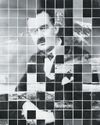
The Magic Mountain Saved My Life
When I was young and adrift, Thomas Manns novel gave me a sense of purpose. Today, its vision is startlingly relevant.
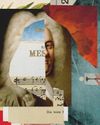
The Weirdest Hit in History
How Handel's Messiah became Western music's first classic

Culture Critics
Nick Cave Wants to Be Good \"I was just a nasty little guy.\"
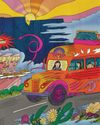
ONE FOR THE ROAD
What I ate growing up with the Grateful Dead

Teaching Lucy
She was a superstar of American education. Then she was blamed for the country's literacy crisis. Can Lucy Calkins reclaim her good name?
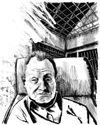
A BOXER ON DEATH ROW
Iwao Hakamada spent an unprecedented five decades awaiting execution. Each day he woke up unsure whether it would be his last.
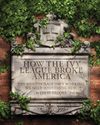
HOW THE IVY LEAGUE BROKE AMERICA
THE MERITOCRACY ISN'T WORKING. WE NEED SOMETHING NEW.

Against Type
How Jimmy O Yang became a main character

DISPATCHES
HOW TO BUILD A PALESTINIAN STATE There's still a way.